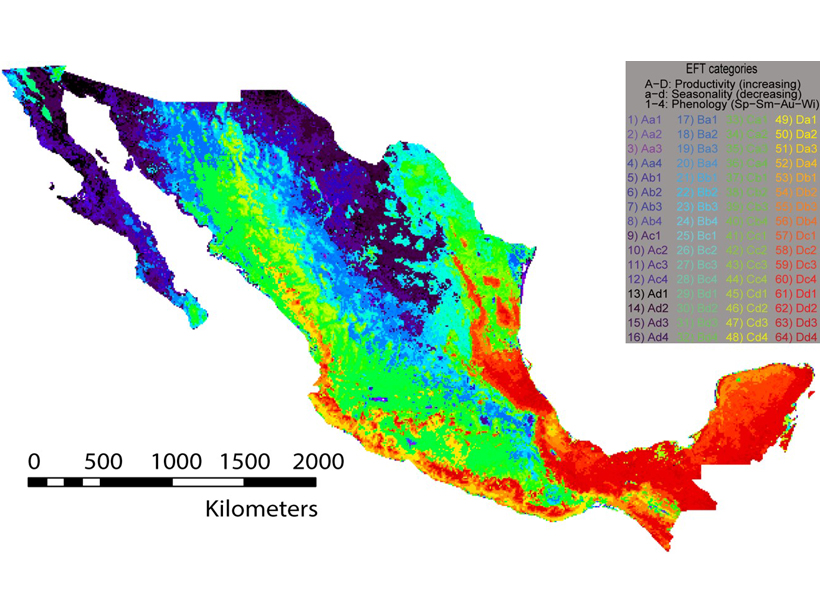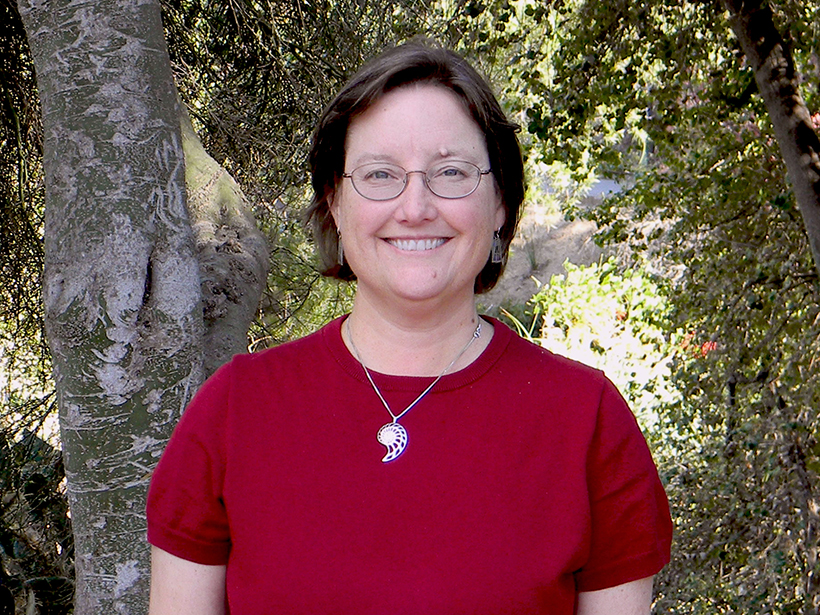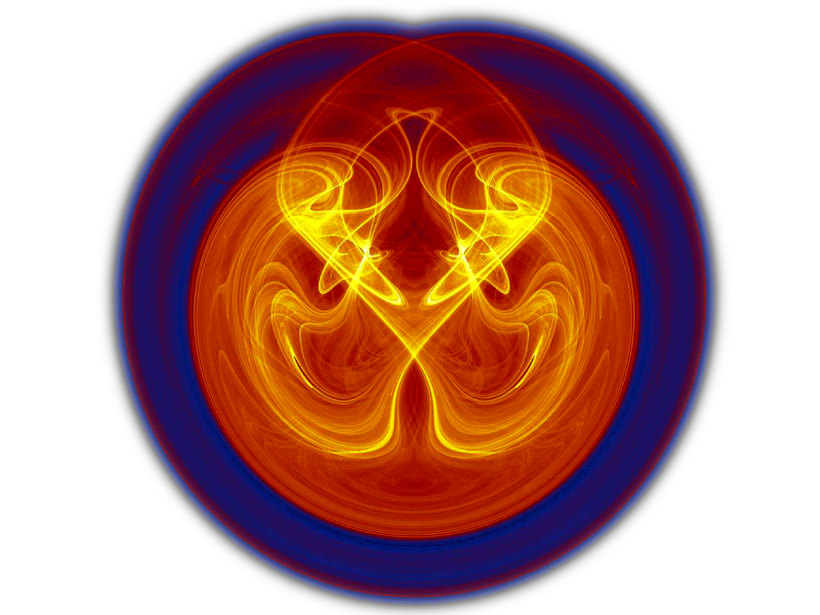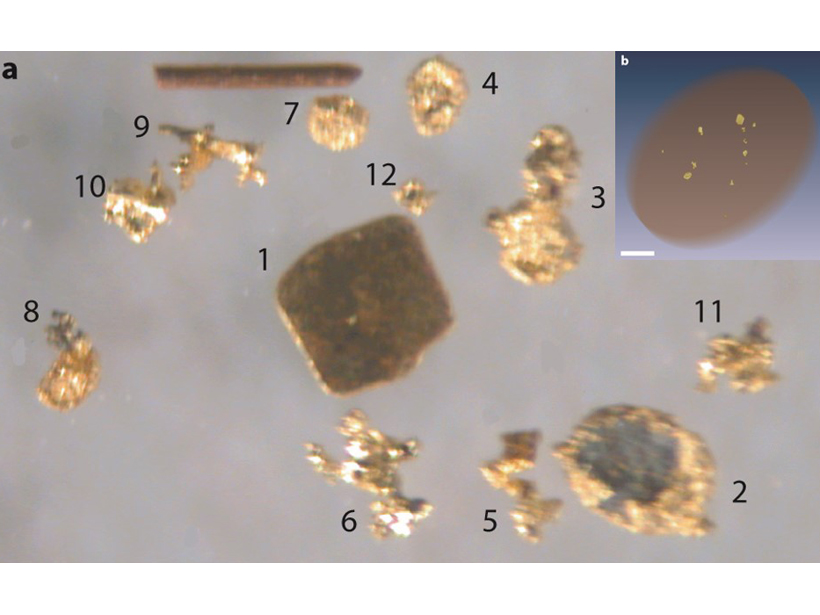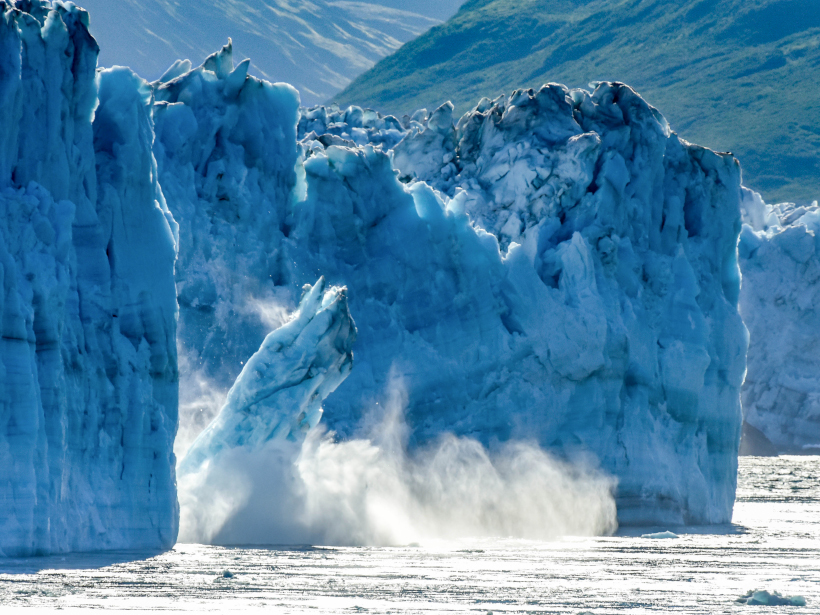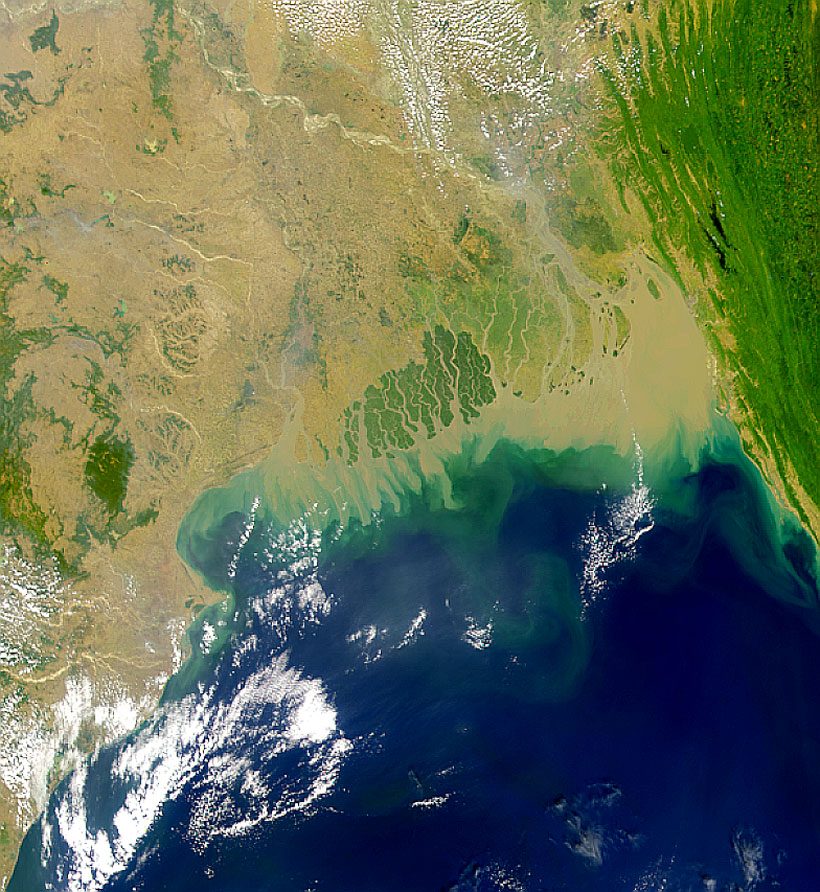Mexico’s megadiverse biota challenge observation network design for efficient sampling, but novel methods can provide guidance and tests of representativeness.
Earth science
A North Carolina Lake’s Long Legacy of Coal Ash Spills
A new case study suggests that Sutton Lake has been contaminated by multiple coal ash spills, most of them apparently unmonitored and unreported.
An Evolutionary Leap in How We Teach Geosciences
New research into the ways that students learn and apply their knowledge is changing teaching methods and undergraduate geoscience course content.
Louise H. Kellogg (1959–2019)
Louise Kellogg, an influential solid Earth geodynamicist and leader of the geoscience community, passed away in April.
The Mineralogical Society of America Turns 100
The society that led scientists through some of the most groundbreaking discoveries of the past century looks ahead to the next challenges with a Centennial symposium in late June.
Celebrating a Century of Nonlinearity Across the Geosciences
Nonlinear concepts have evolved and become increasingly applicable to a wide range of geoscience inquiries, thus setting the stage for exciting new advances during AGU’s next 100 years.
Machine Learning in Geoscience: Riding a Wave of Progress
2nd Annual Machine Learning in Solid Earth Geoscience Conference; Santa Fe, New Mexico, 18–22 March 2019
X-Ray Computed Tomography Detects Resolution Scale Gold Grains
A method combining partial-volume and blurring effects can be used to measure small features in computed tomography data volumes.
Earth’s Ripple Effect
The ocean’s interactions with land, air, and ice create an intricate planetary dance.
The Search for the Severed Head of the Himalayas
To unearth the very first sediments to erode from the Himalayas, a team of scientists drilled beneath the Bay of Bengal.

